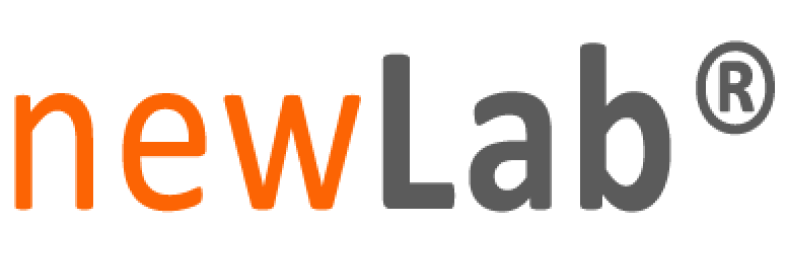Managing a university makerspace is a complex, hands-on job. It involves balancing scheduling, resource allocation, safety compliance, and user support — all while serving a diverse audience of students, faculty, and staff. With so many variables at play, including a wide range of equipment and consumables, makerspace operations require more than manual oversight. A software platform built for this environment can dramatically improve efficiency, safety, and user experience.
Here’s how software can simplify and enhance every facet of makerspace management:
1. Streamlined Scheduling and Equipment Management
Efficient scheduling is essential for fair and optimal access to tools and spaces. A software platform gives users a simple interface to reserve workstations, machines, and rooms, preventing conflicts and idle equipment.
Key capabilities include:
- Real-time booking: Users can check availability and reserve specific tools or spaces, minimizing overlap and maximizing usage.
- Automated reminders and confirmations: Email or app alerts reduce no-shows and keep users on schedule.
Resource utilization tracking: Managers can analyze machine usage to identify peak hours, maintenance needs, and high-demand assets.
2. User Training and Safety Compliance
Safety is critical in a university makerspace, especially with users who have varying levels of experience. A software platform ensures that only trained, certified users can access high-risk tools and equipment.
Key features:
- Mandatory training modules: Users must complete online safety courses or quizzes before booking sensitive equipment.
- Digital certifications and permissions: The system records which users are qualified for specific machines.
Expiration alerts: Automated reminders prompt users to renew expiring certifications or safety checks.
3. Resource Management and Inventory Tracking
Materials like 3D printer filament, laser-cutting sheets, or soldering supplies are essential but often hard to track manually. A software platform can monitor these consumables in real time and streamline procurement.
Key features:
- Live inventory tracking: Managers get alerts when stock runs low, helping ensure materials are always available.
- Supplier integration: Orders can be placed directly through the platform, reducing admin time.
Material usage analytics: Insights help identify high-usage items and forecast future needs more accurately.
4. Community Building and Collaboration
University makerspaces thrive when they foster connections between students, faculty, and staff. A software platform can support this by providing a digital hub for collaboration and communication.
Key features:
- User profiles and project sharing: Members can showcase their work and find collaborators with complementary skills.
- Built-in project tools: Teams can manage tasks, share documents, and track progress in one place.
Workshop and event scheduling: Users can RSVP, see who’s attending, and engage with the community around events.
5. Real-Time Analytics and Reporting
Data helps managers optimize space, anticipate demand, and make informed decisions. A software platform provides visibility across every layer of makerspace activity.
Key features:
- Usage reports: Track equipment bookings and identify high-demand periods to adjust availability or extend hours.
- Training and engagement metrics: Monitor safety completions, active users, and engagement trends.
Financial reporting: If fees are charged for materials or equipment, the platform can handle billing, payments, and reporting.
6. Enhanced Communication and Support
Running a busy makerspace depends on strong, real-time communication between users and staff. A software platform simplifies support and issue resolution.
Key features:
- Internal messaging: Staff can communicate directly with users to share updates or assist during sessions.
- Help desk integration: Users can submit repair or support tickets, and staff can track resolution status.
Feedback collection: Built-in tools allow users to rate experiences, suggest improvements, or report equipment concerns.
7. Scalability and Flexibility
As a makerspace grows — in equipment, users, or locations — the system managing it must scale too. A software platform offers flexibility without losing control.
Key features:
- Modular design: New features like training modules or inventory tools can be added as needs evolve.
Multi-location support: For universities with several makerspaces, administrators can oversee all spaces from a single platform while allowing local autonomy.
Conclusion
Managing a university makerspace requires more than good intentions and spreadsheets. It demands a system that keeps operations smooth, users safe, and the space responsive to growing needs. A dedicated software platform can transform day-to-day management by automating routine tasks, centralizing communication, and enabling data-informed decisions.
By freeing up staff time and improving the user experience, it creates more space — literally and figuratively — for what matters most: creativity, collaboration, and innovation across campus.



